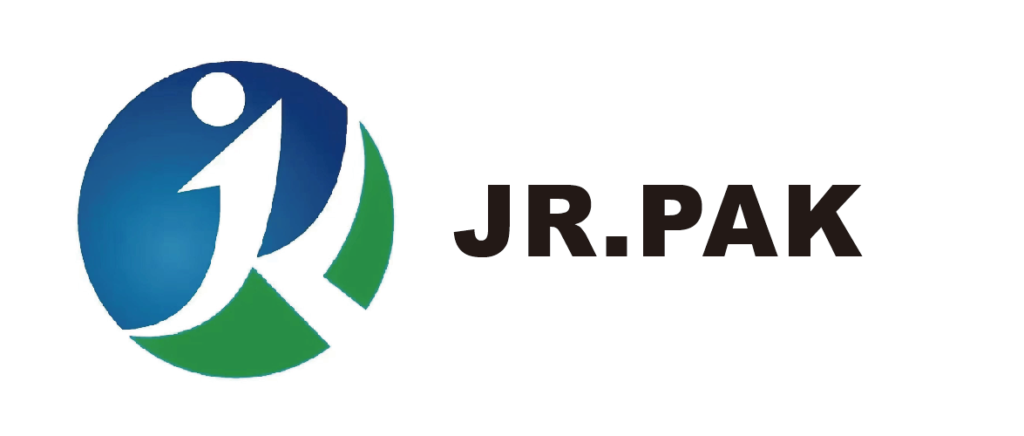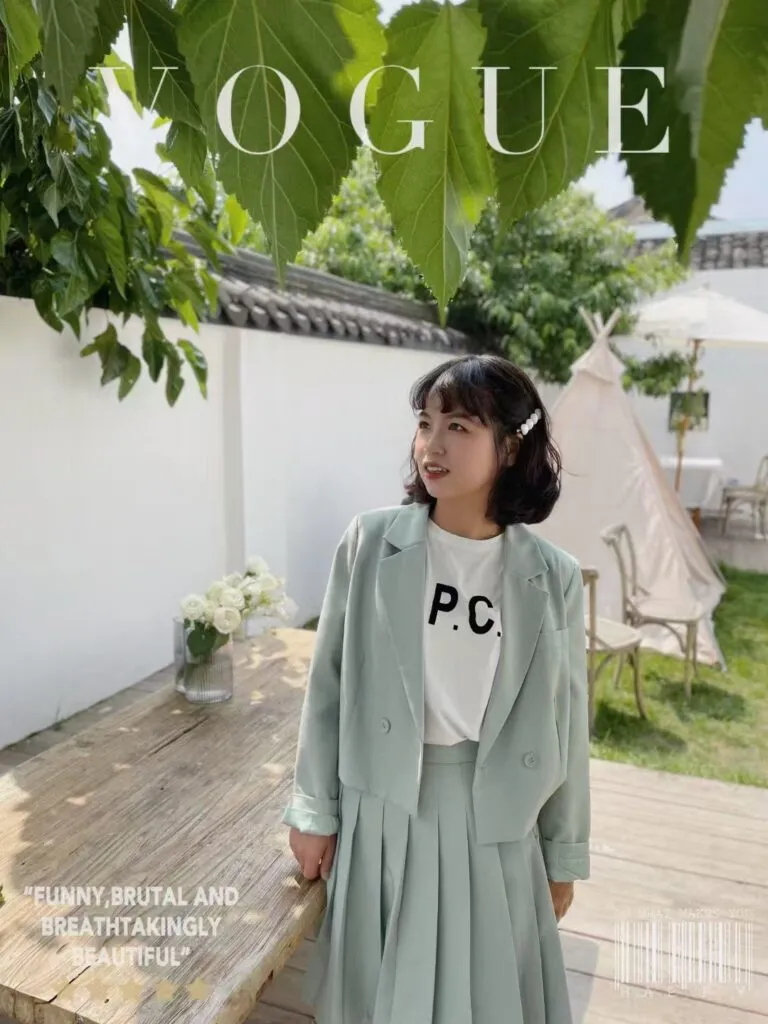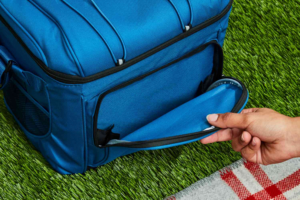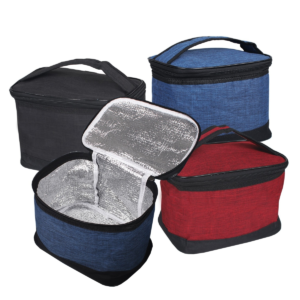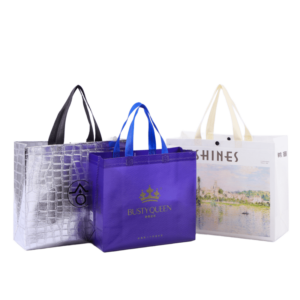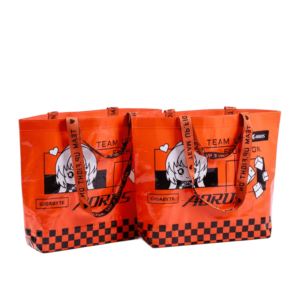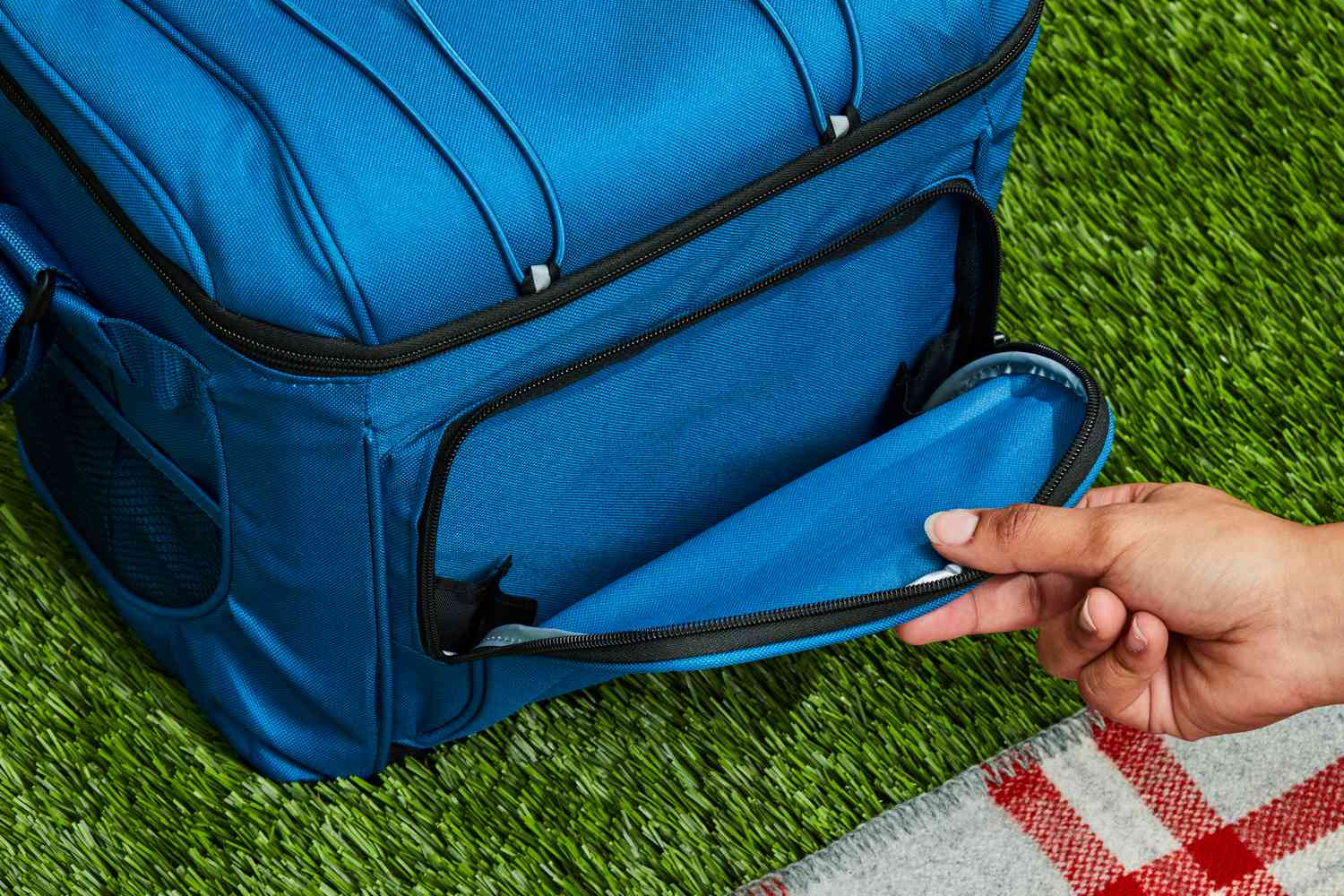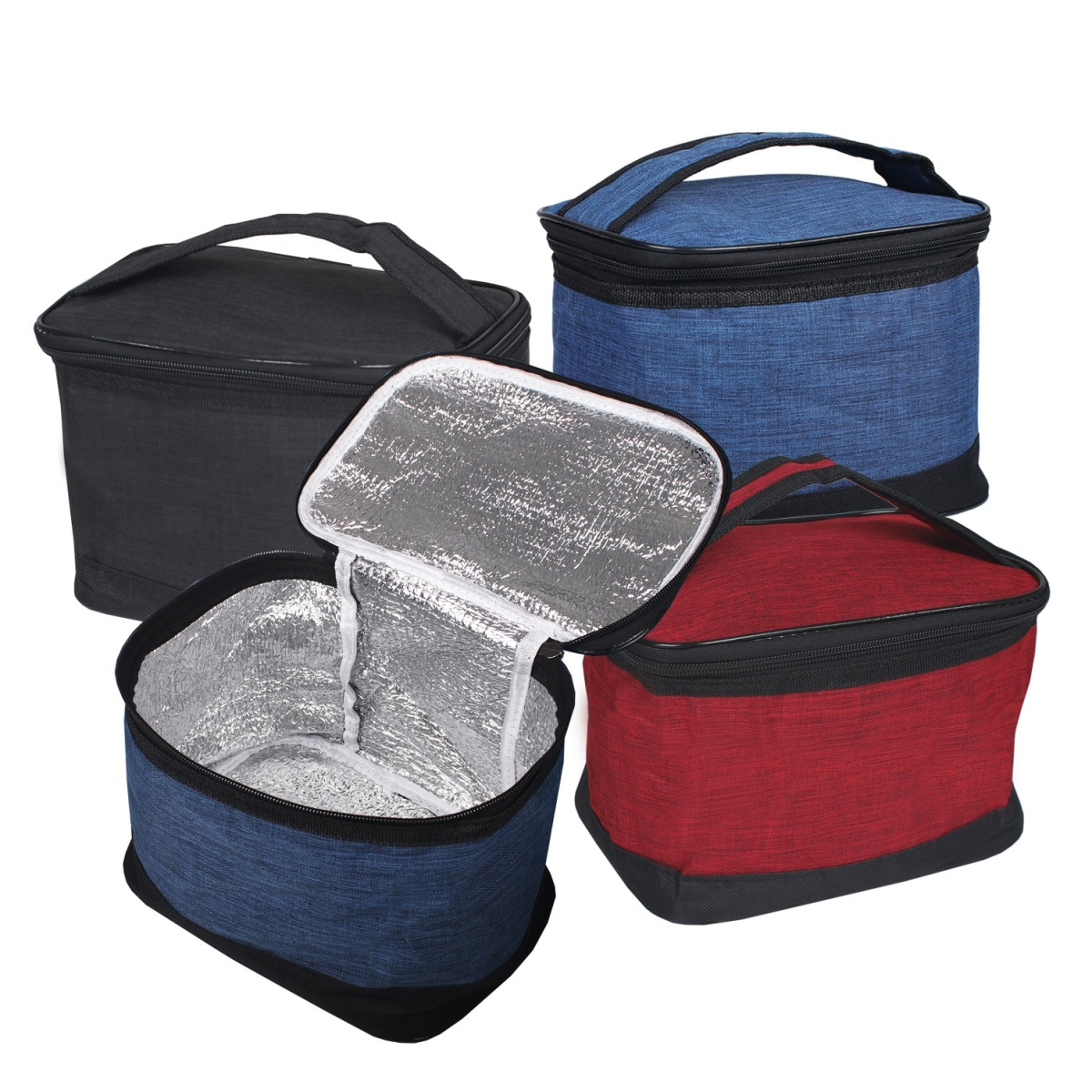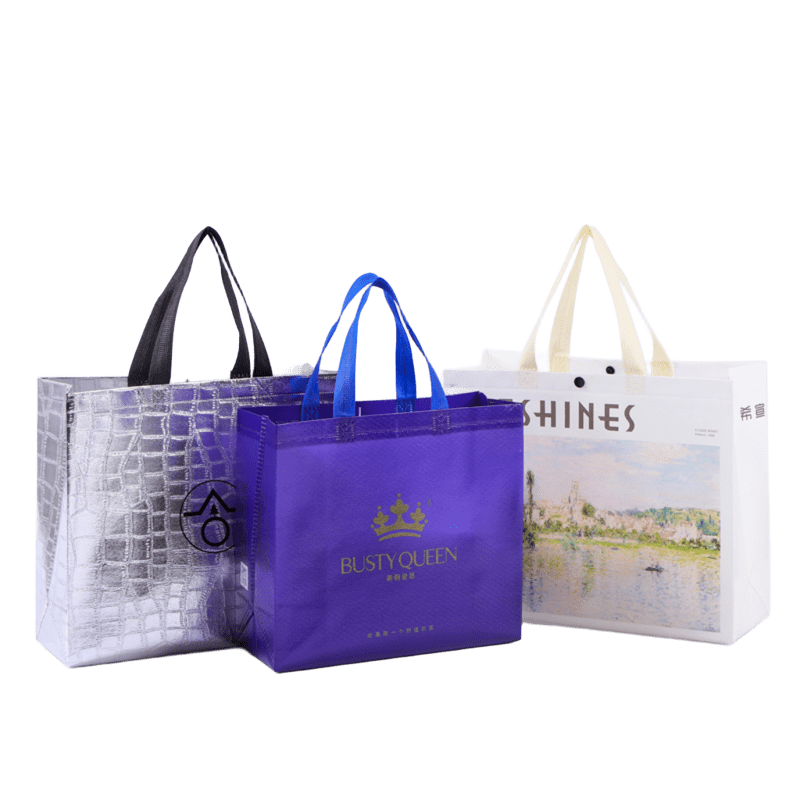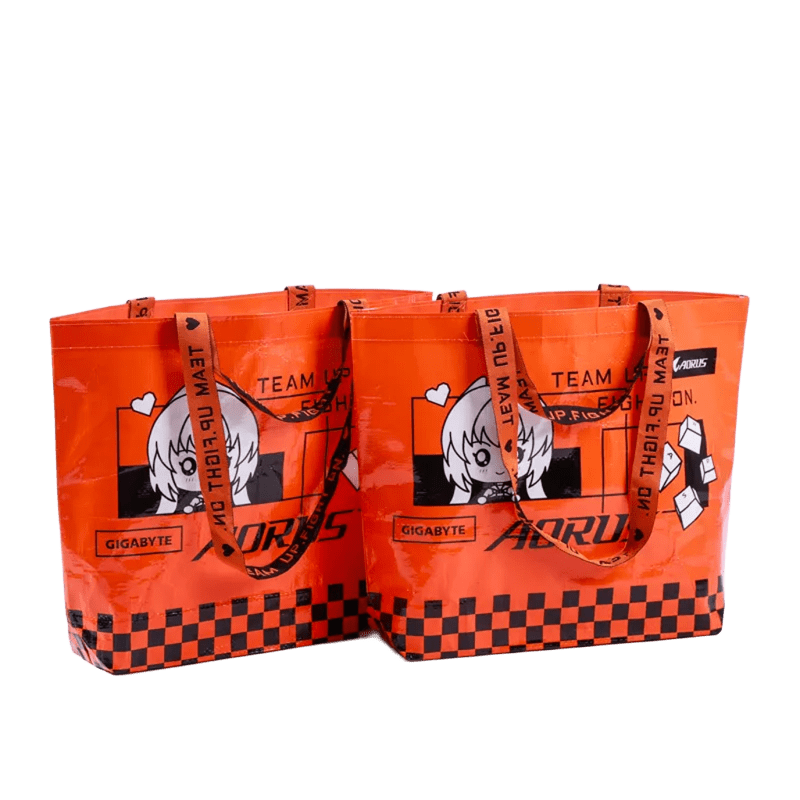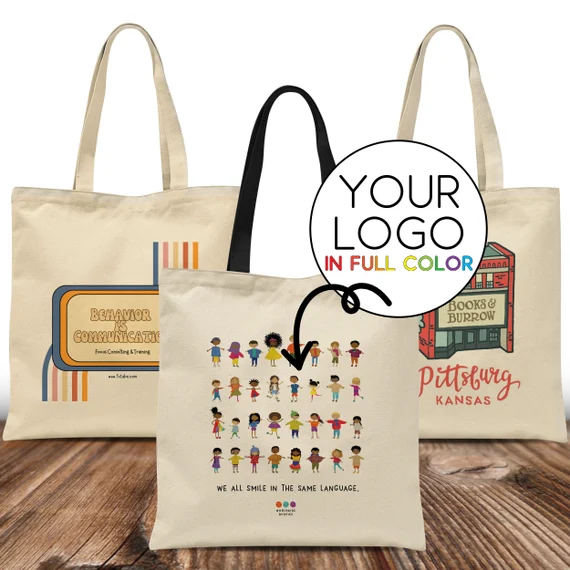
Custom canvas bag prices vary widely. Buyers often feel confused about what really drives cost changes. Let's break down the most important factors.
The price of custom canvas bags depends on material quality, size, design complexity, printing method, order quantity, and customization options like coating, vinyl, or reinforcement.
Small changes in production can mean big changes in price. Keep reading to understand how to control costs without sacrificing quality.
Are coated canvas bags1 worth it?
Coated canvas sounds premium, but is it really necessary for your needs?
Coated canvas bags resist water, stains, and wear, but they cost more. Whether it's worth it depends on usage and branding priorities.
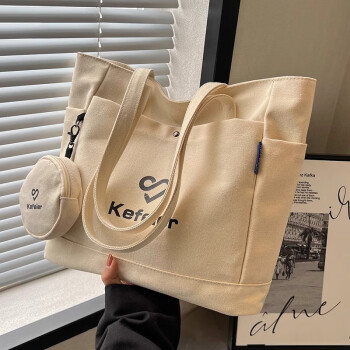
Coated canvas is more expensive than uncoated canvas because of the extra layer added to protect the surface. That coating is usually a layer of plastic, rubber, or wax. It gives the bag more resistance to moisture and dirt. It also changes how the bag feels—coated canvas is stiffer and sometimes glossier.
Key Considerations When Choosing Coated Canvas
| Factor | Coated Canvas | Uncoated Canvas |
|---|---|---|
| Durability | High | Medium |
| Water Resistance | Strong | Weak |
| Cost | Higher | Lower |
| Custom Print Quality | More complex | Easier to print on |
| Use Cases | Premium retail, outdoor use | Light grocery, giveaways |
When I order for clients in high-end retail or luxury gift packaging, I usually recommend coated canvas. The coating helps preserve the bag's look. But when the bags are for supermarket giveaways, I suggest skipping the coating to keep costs down.
Ask yourself how the customer will use the bag. Will it face daily wear and outdoor use? Then coating may be worth it. If it's for single-event promotions, skip it.
Do canvas bags shrink in the wash?
Many clients worry their bags will shrink after cleaning. Let's clear that up.
Uncoated canvas may shrink after washing, especially in hot water or machine drying. Coated canvas is more stable but harder to clean.
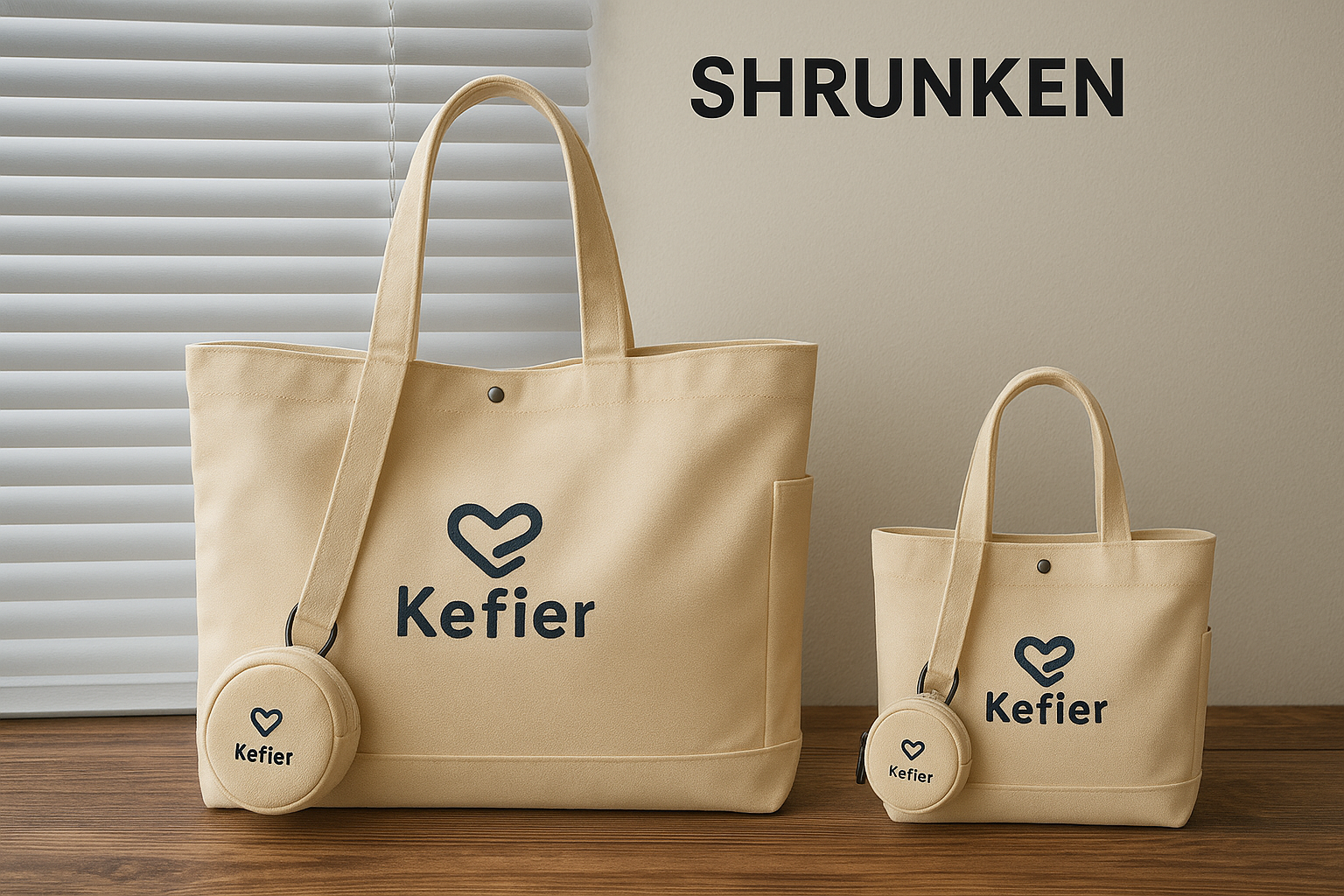
Canvas is a cotton-based fabric, which means it naturally shrinks when exposed to heat and moisture. This can become a problem if your custom bags are meant to have a tight fit or need to stay a specific size.
How to Minimize Shrinkage
| Action | Shrinkage Risk | Recommendation |
|---|---|---|
| Machine wash + dry (hot) | High | Avoid |
| Hand wash in cold water | Low | Best option |
| Air drying | Low | Always air dry |
| Pre-shrunk fabric | Very Low | Ask your supplier to use this |
When sourcing canvas bags from our factory, I always advise clients to ask whether the fabric is pre-shrunk. This small detail reduces the risk of post-purchase complaints. Some of my buyers even request washing instructions printed inside the bag. It’s a low-cost, smart addition.
If the bag will be reused many times and likely washed, be sure to talk to your supplier about fabric pre-treatment.
How do you strengthen a canvas bag?
Some canvas bags feel flimsy. Others feel strong and structured. What's the difference?
Reinforced stitching, thicker canvas, internal lining, and added bottom panels all strengthen canvas bags and improve load-bearing capacity.
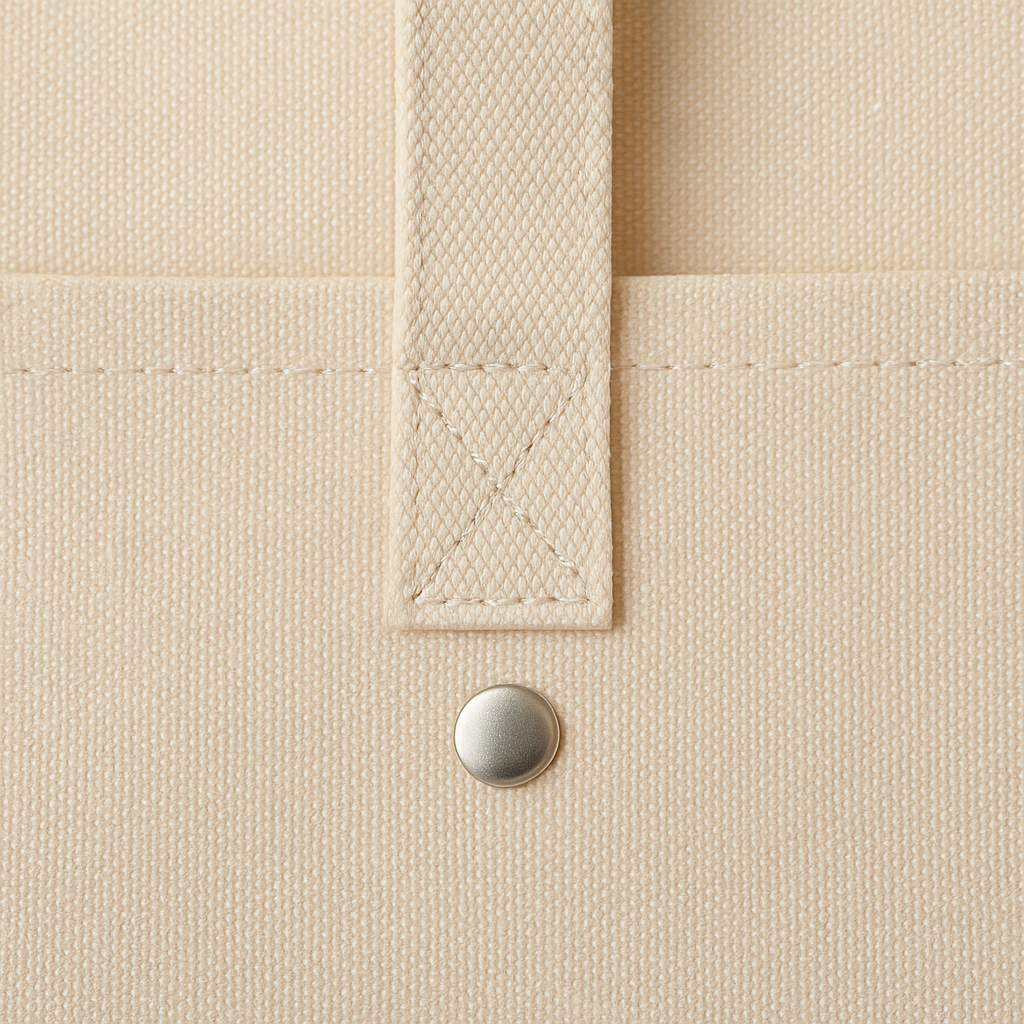
Buyers often overlook how construction impacts strength. It's not just about the canvas thickness. The stitching technique and internal reinforcement make a big difference in how much weight a bag can carry and how long it lasts.
Methods to Strengthen a Canvas Bag
| Reinforcement Method | Effectiveness | Cost Impact | Notes |
|---|---|---|---|
| Cross-stitching handles | High | Low | Recommended for all bags |
| Double-layer bottom | High | Medium | Best for shopping or wine bags |
| Inner lining (PE board) | Very High | Medium | Creates a firm bag base |
| Thicker canvas (14oz+) | High | High | Makes bag stiffer and heavier |
One of our clients in Japan once ordered a batch of large-size shopping bags. They originally used 8oz canvas, and customer feedback said the bags bent too easily. We upgraded to 14oz and added cross-stitched handles. Their return rate dropped by 80%.
If you're planning to sell bags for groceries, electronics, or books, strengthening the design is a smart investment.
What vinyl is best for canvas bags?
Vinyl is often added to canvas bags for logos or decoration. But which type should you choose?
HTV (Heat Transfer Vinyl)2 and PVC vinyl are commonly used on canvas bags. HTV is flexible and durable, while PVC is cheaper but less eco-friendly.
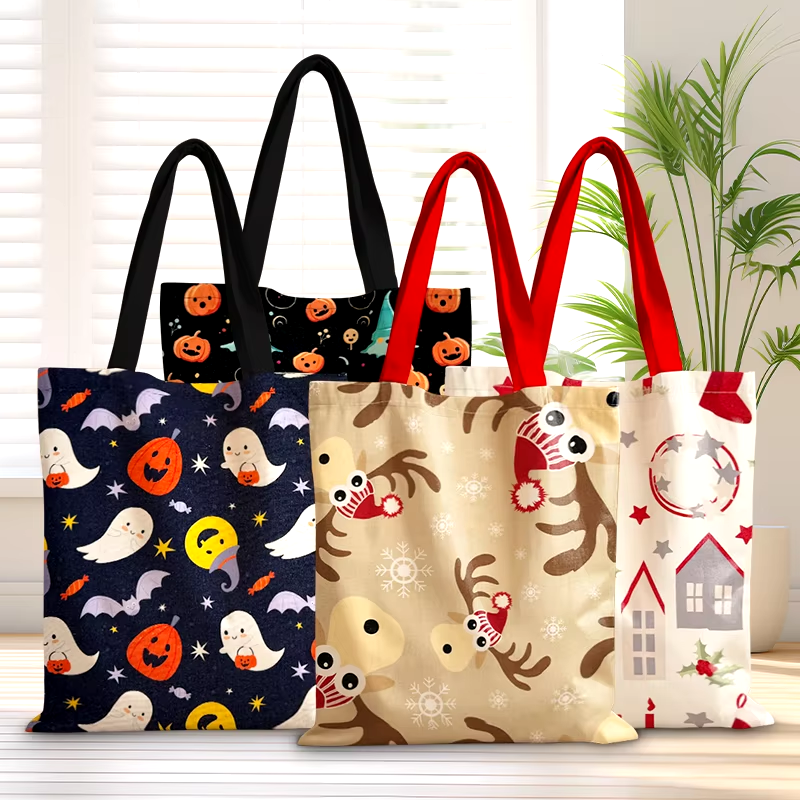
Vinyl is used for adding branding and color. But it affects both appearance and cost. Not all vinyl behaves the same way. Some crack easily. Others hold up well after repeated use and washing.
Comparing Popular Vinyl Types
| Vinyl Type | Durability | Eco-Friendly | Cost | Application Method |
|---|---|---|---|---|
| Heat Transfer (HTV) | High | Moderate | Medium | Heat press |
| PVC | Low | Low | Low | Heat press or glue-on |
| PU Vinyl | Very High | Higher | High | Heat press |
I usually recommend HTV for clients who want crisp logos and long-term use. It stretches slightly with the fabric and survives washing. PVC vinyl is more common in low-cost bags, but it's not a good fit for eco-friendly brands.
Last year, a European supermarket chain ordered 30,000 canvas bags with PU vinyl logos. They chose PU because it matched their green image and had a soft texture. The result was a bag that not only looked good but also matched their brand values.
If you're marketing to eco-conscious buyers, avoid PVC. PU or HTV is a better choice.
Conclusion
The price of custom canvas bags depends on coating, shrinkage treatment, reinforcement, and vinyl type. Understand your needs to choose wisely.
